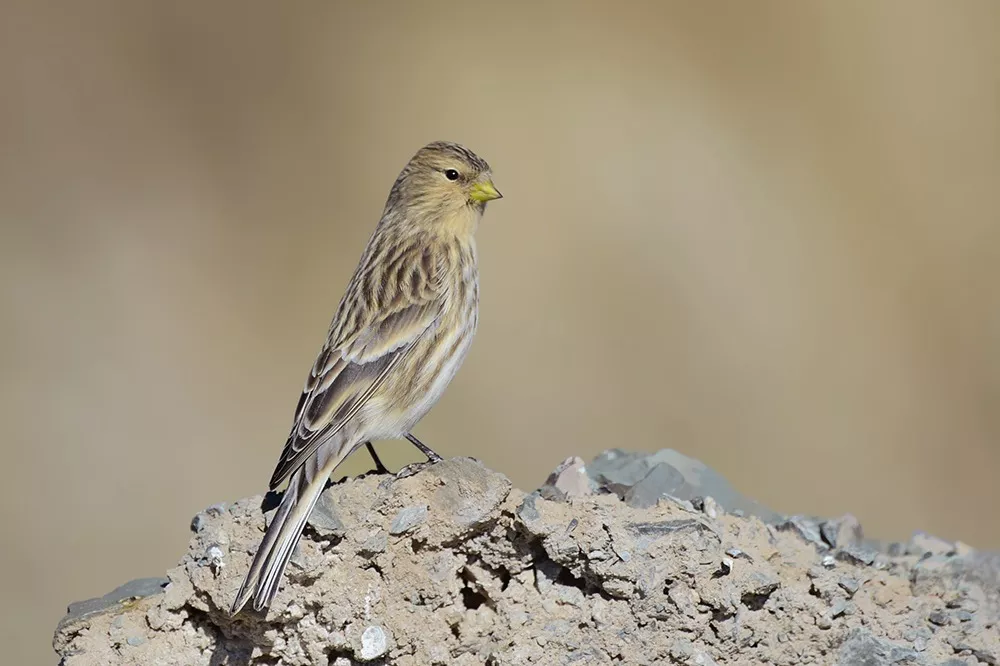The Twite bird (Linaria flavirostris) is a small passerine species belonging to the finch family. These charming birds are known for their distinctive appearance, with males featuring a pinkish-red breast and females exhibiting a more subtle coloration. As avid bird enthusiasts and researchers continue to explore the natural world, understanding the dietary preferences and habits of various avian species becomes increasingly important. In this article, we delve into the feeding behavior of the Twite bird, shedding light on what constitutes its diet.
Habitat and Distribution:
Twite birds are commonly found in upland areas of the northern hemisphere, including parts of Europe, Asia, and North America. They are known to inhabit moorlands, grasslands, coastal regions, and mountainous areas. With their ability to adapt to different environments, Twite birds have developed a varied diet to meet their nutritional needs.
Dietary Preferences:
The Twite bird’s diet primarily consists of plant-based foods, although it does incorporate some insects into its meals. These birds are classified as granivorous, meaning they primarily consume seeds and grains. Their preference for seeds plays a crucial role in their survival and reproduction.
Seeds and Grains:
The Twite bird exhibits a particular fondness for the seeds of various plants, especially those of grasses and herbaceous species. They feed on the mature seeds found in meadows, moorlands, and grassy slopes. In their natural habitat, Twite birds are known to frequent areas rich in seed-producing plants, such as thistles, dandelions, and dock leaves.
During the breeding season, Twite birds seek out food sources that are high in energy and protein to support their reproductive efforts. They often consume seeds from low-growing plants, such as chickweed, plantain, and sorrel, as these offer a readily available food source.
Insects and Invertebrates:
Although the Twite bird predominantly relies on seeds and grains, it occasionally includes insects and invertebrates in its diet. Insects, such as caterpillars, beetles, and spiders, can be consumed when they are readily available, especially during the breeding season when the demands for protein are higher. However, these invertebrates make up only a small fraction of their overall diet.
Seasonal and Geographic Variations:
The dietary preferences of Twite birds can vary depending on the season and geographic location. In the colder months, when seeds and grains may be scarce, Twite birds adapt by foraging for alternative food sources. They may turn to buds, twigs, and bark of trees, or they might seek out supplementary food provided by humans, such as bird feeders stocked with appropriate seeds.
In areas where Twite birds coexist with agricultural lands, they may also exploit cereal crops, including barley, wheat, and oats. This opportunistic behavior allows them to adapt their diet according to the available resources.
Conservation Significance:
Understanding the dietary habits of the Twite bird is crucial for conservation efforts. These birds are classified as a vulnerable species in many parts of their range due to habitat loss, changes in land use, and a decline in their preferred food sources. By studying their diet, researchers and conservationists can develop strategies to preserve and restore the habitats and food resources necessary for the survival of this beautiful bird species.
Conclusion:
The Twite bird is a captivating species known for its granivorous diet, primarily consisting of seeds and grains from various plants. While their diet is predominantly plant-based, they may also consume insects and invertebrates opportunistically. By comprehending the dietary preferences and adaptations of the Twite bird, we can better understand their ecological role and implement effective conservation measures to protect these remarkable birds and their habitats for generations to come.


 Facebook
Facebook  Instagram
Instagram  Youtube
Youtube 